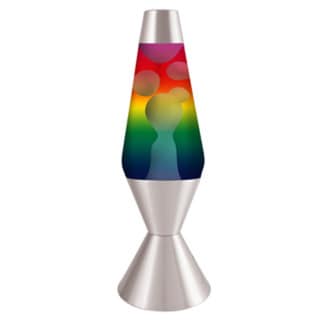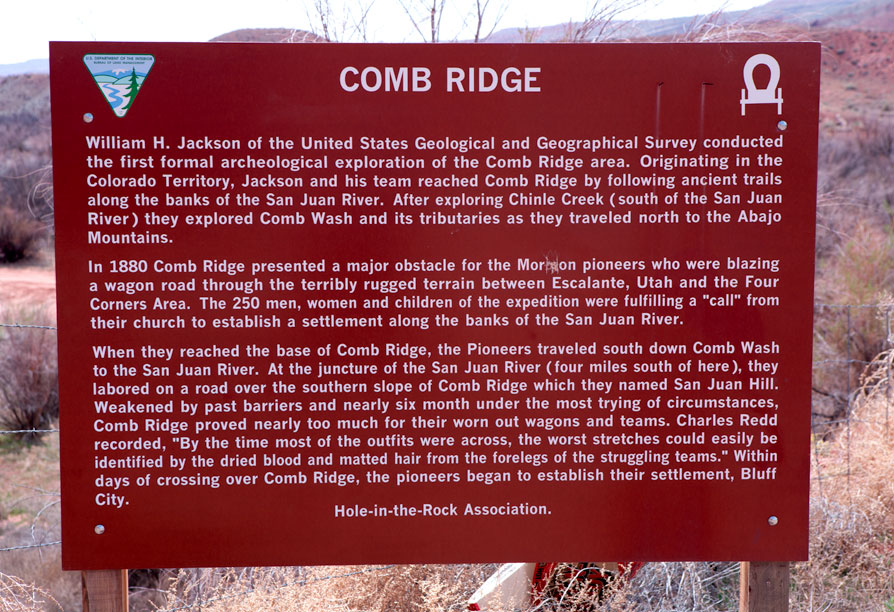Post by 1dave on Dec 16, 2015 17:34:26 GMT -5
A continuation of Geology For Rockhounds.
Ours is a differentiated planet. Heaviest minerals in the center, lightest on top - but . . .
Our continents are floating around and crashing into each other, AND over-riding the ocean bottoms.
This forces lightweight elements like carbon down deep among heavy minerals where they don't belong.

Ever force a beach ball under water, then let it go?
Well, that is what happens to this material, kind of like a lava lamp, but much more forceful.
Unlike water, the earth it passes through leaves a deep carrot shaped hole known as a diatreme.
The hot mass nearing the surface usually encounters groundwater that turns to steam, increasing the explosive force.
Small surface explosions of this nature are called "Maars."

They are important because of the unusual minerals they may contain.
For example, the State Line Diatremes on the Colorado/Wyoming border has:
*** Most of the area is private property or under claim. ***
General Info
More than 100 kimberlite pipes, also known as diatremes, and dikes occur in an area called the State Line Diatreme which is on the Colorado-Wyoming border. There are two main groups of kimberlite pipes that are being mined currently. Please see the Kelsey Lake Mine and the Sloan Kimberlites locations for more information.
Minerals
Chrome Diopside - Emerald-green in color.
Diamond - Usually occur as colorless octahedrons or dodecahedrons that are less than 2mm in diameter. Colors can be yellow, light orange, bluish-white and black.
Pyrope - Up to 6mm crystals have been reported.
Xonotlite - Murphy and Modreski (2002) state that massive, pale pink xonotlite was found by Ray Storey in a Sload kimberlite dump. It has a silky-fibrous, radiating texture that closely resembles pectolite except for the color.



The Big Hole, Kimberly South Africa.
Missouri has more than it's share:
Diatremes often form along fractures. A long line of them may join to form a dike as "The Mule Ear" and Moses Rock in Utah

Moses Rock, San Juan, Utah
The Mule Ear is part of Comb Ridge.




Ours is a differentiated planet. Heaviest minerals in the center, lightest on top - but . . .
Our continents are floating around and crashing into each other, AND over-riding the ocean bottoms.
This forces lightweight elements like carbon down deep among heavy minerals where they don't belong.

Ever force a beach ball under water, then let it go?
Well, that is what happens to this material, kind of like a lava lamp, but much more forceful.
Unlike water, the earth it passes through leaves a deep carrot shaped hole known as a diatreme.
The hot mass nearing the surface usually encounters groundwater that turns to steam, increasing the explosive force.
Small surface explosions of this nature are called "Maars."

They are important because of the unusual minerals they may contain.
For example, the State Line Diatremes on the Colorado/Wyoming border has:
*** Most of the area is private property or under claim. ***
General Info
More than 100 kimberlite pipes, also known as diatremes, and dikes occur in an area called the State Line Diatreme which is on the Colorado-Wyoming border. There are two main groups of kimberlite pipes that are being mined currently. Please see the Kelsey Lake Mine and the Sloan Kimberlites locations for more information.
Minerals
Chrome Diopside - Emerald-green in color.
Diamond - Usually occur as colorless octahedrons or dodecahedrons that are less than 2mm in diameter. Colors can be yellow, light orange, bluish-white and black.
Pyrope - Up to 6mm crystals have been reported.
Xonotlite - Murphy and Modreski (2002) state that massive, pale pink xonotlite was found by Ray Storey in a Sload kimberlite dump. It has a silky-fibrous, radiating texture that closely resembles pectolite except for the color.



The Big Hole, Kimberly South Africa.
Missouri has more than it's share:

Diatremes often form along fractures. A long line of them may join to form a dike as "The Mule Ear" and Moses Rock in Utah

Moses Rock, San Juan, Utah
The Mule Ear is part of Comb Ridge.



























